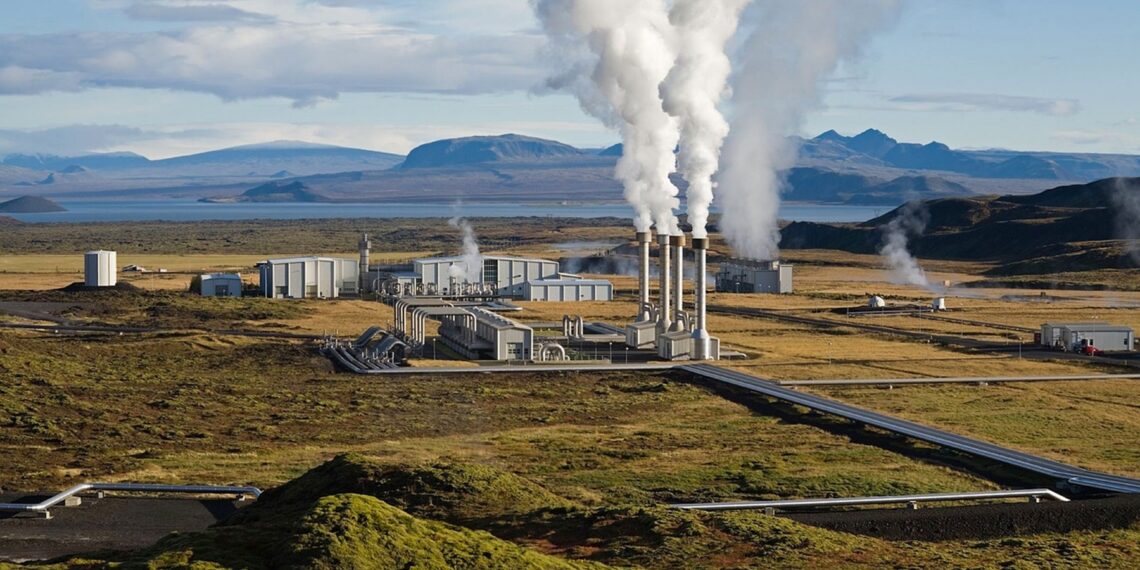Itanagar: The Centre for Earth Sciences and Himalayan Studies (CESHS) has completed drilling the first geothermal production well in Northeast at Dirang in Arunachal Pradesh’s West Kameng district.
This effort follows extensive geochemical and structural surveys conducted over the past two years, aimed at tapping the geothermal potential of hot springs in western Arunachal.
The initiative, spearheaded by CESHS with international collaboration, marks a breakthrough in clean energy development in the Himalayan region.
According to Rupankar Rajkhowa, head of the geosciences division at CESHS, the Dirang site has been identified as a medium-to-high enthalpy geothermal zone, with subsurface temperatures reaching approximately 115°C. Such thermal conditions are well-suited for direct-use geothermal applications.
Once operational, the geothermal resource is expected to support a range of eco-friendly technologies, including drying systems for local produce and meat, space heating, and climate-controlled storage—all critical for enhancing livelihoods and resilience in the high-altitude terrain.
The project is backed by a consortium involving the Norwegian Geotechnical Institute (NGI), Icelandic geothermal company Geotropy ehf, and the Guwahati-based Guwahati Boring Service (GBS), in partnership with the Arunachal Pradesh government and India’s Ministry of Earth Sciences.
Geological mapping in the Dirang region has revealed significant tectonic features conducive to geothermal activity.
The successful drilling operation was conducted with minimal environmental disruption, reflecting a commitment to sustainable exploration.
CESHS now aims to expand the project with deeper wells, potentially positioning Dirang as the country’s first geothermal-powered urban settlement for heating solutions.
ALSO READ: Release of genome-edited rice sparks legal and safety concerns
“This marks the beginning of a clean energy revolution in the Eastern Himalayas,” said CESHS Director Tana Tage.
“It showcases how geothermal energy can be harnessed not just for environmental benefit, but also to uplift rural communities and transform regional development.”
The geothermal-powered facilities are expected to be commissioned shortly, setting a precedent for renewable energy deployment in India’s remote and mountainous regions.















